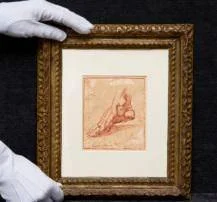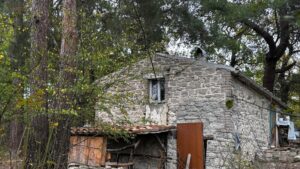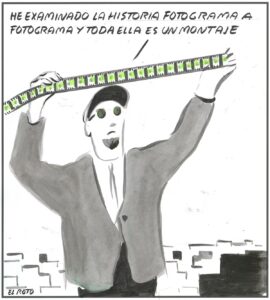
A photo uploaded almost by chance on Christie’s “Request an Auction Estimate” portal has turned into a discovery destined to enter art history: a a preparatory drawing by Michelangelo, previously unknown, related to the decoration of the Sistine Chapel. This was identified by Giada Damen, a specialist in the Ancient Drawings Department at the auction house, who immediately recognized the powerful red pencil drawing, a study of the monumental right foot of the Libyan Sibyl.
That little sheet – 13.5 x 11.5 cm, signed with the ancient inscription “Michelangelo Bona Roti” – it may be dated to 1511-1512, the years of work on the second phase on the Sistine dome. It will be presented at auction on February 5, 2026 in New York, with an estimate of between 1.5 and 2 million dollars. Prior to auction, the picture will be on public display at the Rockefeller Center galleries in New York and, previously, at Christie’s headquarters in London from November 27 to December 2, 2025.
The discovery of new drawings by Michelangelo was an extraordinary event: of the approximately 600 pieces of the artist’s surviving works, only about ten remain in private hands, and only about fifty are associated with the Sistine Chapel. The study is the first unpublished image of the Sistine Dome ever to appear on the market, Christie’s announced. The piece comes from a European family that has owned it since at least the 18th century. Its current owner, who lives on the US West Coast and wishes to remain anonymous, always saw it at his grandmother’s house, without knowing the author.
Expert Giada Damen, after seeing the photo online, made the first flight to examine the paper in person. Returning to New York with his owner’s approval, he did so launched a six-month investigation: shots with infrared reflectography show further anatomical sketches in reverse, similar to those on the famous sheet from the Metropolitan Museum of Art in New York. Stylistic and technical comparisons then make it possible to definitively link the image to the same creative moment as the famous Libyan Sibyl in the Sistine Chapel..
The decisive move came when Damen physically placed the paper next to the Met’s drawing: the hands, the energy of the lines, the red chalk, the proportions matched perfectly. Historical collections – including a typical seventeenth-century inscription already known to the artist on other sheets – also confirm the attribution, supported unanimously by the scholars consulted.
“The research discovery of the Sistine Chapel, perhaps the ultimate symbol of the Italian Renaissance, was one of the most memorable moments of my career,” said Andrew Fletcher, Global Head of the Old Masters Department at Christie’s. Damen himself spoke of the once-in-a-lifetime opportunity: “It was an honor to study this paper for nine months. We are proud to present it to the world.” (by Paolo Martini)





